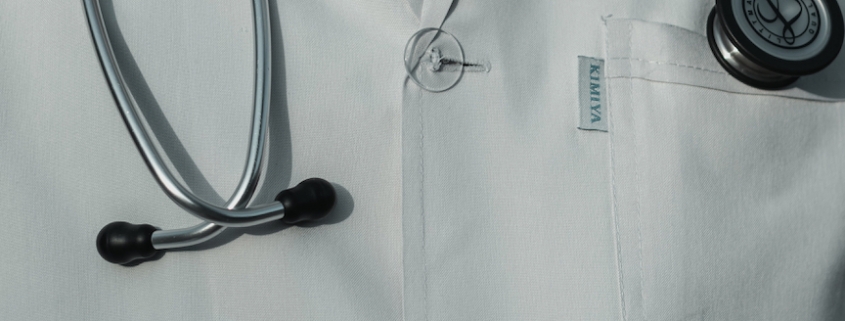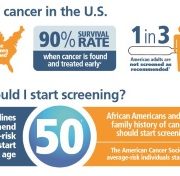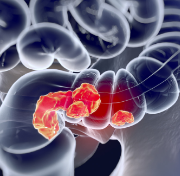Endoscopic Ultrasound: How to Prepare
An Endoscopic Ultrasound (EUS) is a procedure for assessing and producing images of the digestive system with an endoscope. It is also used as a modality to treat certain gastrointestinal disorders through fine-needle aspiration (FNA). Follow along for an overview of EUS.
When an Endoscopic Ultrasound is used
An EUS can help doctors determine the source of chest pain, abdominal discomfort, and other symptoms. It can also help them evaluate the extent of disease spread in your digestive tract, and evaluate findings from other diagnostics like MRIs or CT scans. It can help evaluate conditions including Barrett’s Esophagus, Lymphoma, and various cancers.
There are many different therapeutic procedures that can be performed during an EUS. These include celiac plexus neurolysis (EUS-CPN), pseudocyst drainage, biliary drainage (EUS-BD) and liver biopsy. Each of these treatments has a unique set of steps involved. Below, we will take a look at some general steps and approaches involved with the various diagnostics and treatments performed through an Endoscopic Ultrasound.
Preparing for an EUS
The way you need to prepare for an EUS depends on the specifics of the procedure and any therapeutic treatments in your case. In general, you often need to fast starting the midnight before the procedure. This helps empty your stomach. You may also need to discuss any medications you are taking with your doctor before the procedure. It is especially important to stop taking any blood-thinning medications leading up to the procedure. These medications can increase the risk of severe bleeding during the Endoscopic Ultrasound. If the EUS is being performed in the rectal area, you may need to undergo a cleansing routine to prepare your bowels. This usually consists of taking a liquid laxative and sticking to a liquid diet for a day before the procedure.
During the procedure
On the day of your Endoscopic Ultrasound procedure, you will first go to a pre-op area where your medical information will be taken and you will be given an IV. You will also discuss sedation used during the procedure with an anaesthesiologist.
Depending on the location in your GI tract that doctors will examine or treat, they will advance an endoscope through your mouth or a colonoscope through your anus. You will be on your left side and may be sedated as this happens. Your doctor will advance the scope to the site or sites of interest and then perform any diagnostics or treatments. This can include tissue biopsies, pain-relieving injections, pseudocyst drainage, and bile duct drainage, depending on your situation. Your doctor will be able to see your GI tract through a camera at the end of the scope, and will pass any necessary instruments through the scope to perform the procedure. Most EUS examinations take under an hour, but the exact time will vary depending on what diagnostics or treatments your doctor is administering.
After an Endoscopic Ultrasound
After your procedure, you will go to a post-op area where you will recover from any sedation and be monitored for side effects of the procedure. Once you are recovered, your doctor will share results with you. Some biopsy results may take longer to return. Given sedation side effects, you should not operate machinery, drive, or make important decisions for 24 hours following the procedure.
Endoscopic Ultrasounds have a relatively low risk for complications. If you underwent Celiac Plexus Neurolysis to provide pain relief for tumors, you may experience abdominal pain for a few hours and diarrhea for a few days. More rarely, bleeding, infection, and paralysis can occur. If you underwent Pseudocyst Drainage, there is a small risk of bleeding, infection, and pancreatitis. Additionally, in under one percent of cases, perforations occur, requiring surgery to repair. If you underwent Biliary Drainage, there is a 10-20% chance of mild complications associated with bile drainage. These include bleeding, infection, and bile leakage in the abdominal cavity. If you underwent a Liver Biopsy, complications are very rare, and include a small risk of bleeding and infection. In general, if you were sedated during your procedure, there are a few uncommon complications including aspiration, adverse reactions to sedative medication, and complications from lung and heart diseases.
Our experienced team at GHP has years of experience performing Endoscopic Ultrasounds. We can help establish the best plan of care for your situation. Contact any of our office locations to learn about the options we offer and schedule an appointment today.













